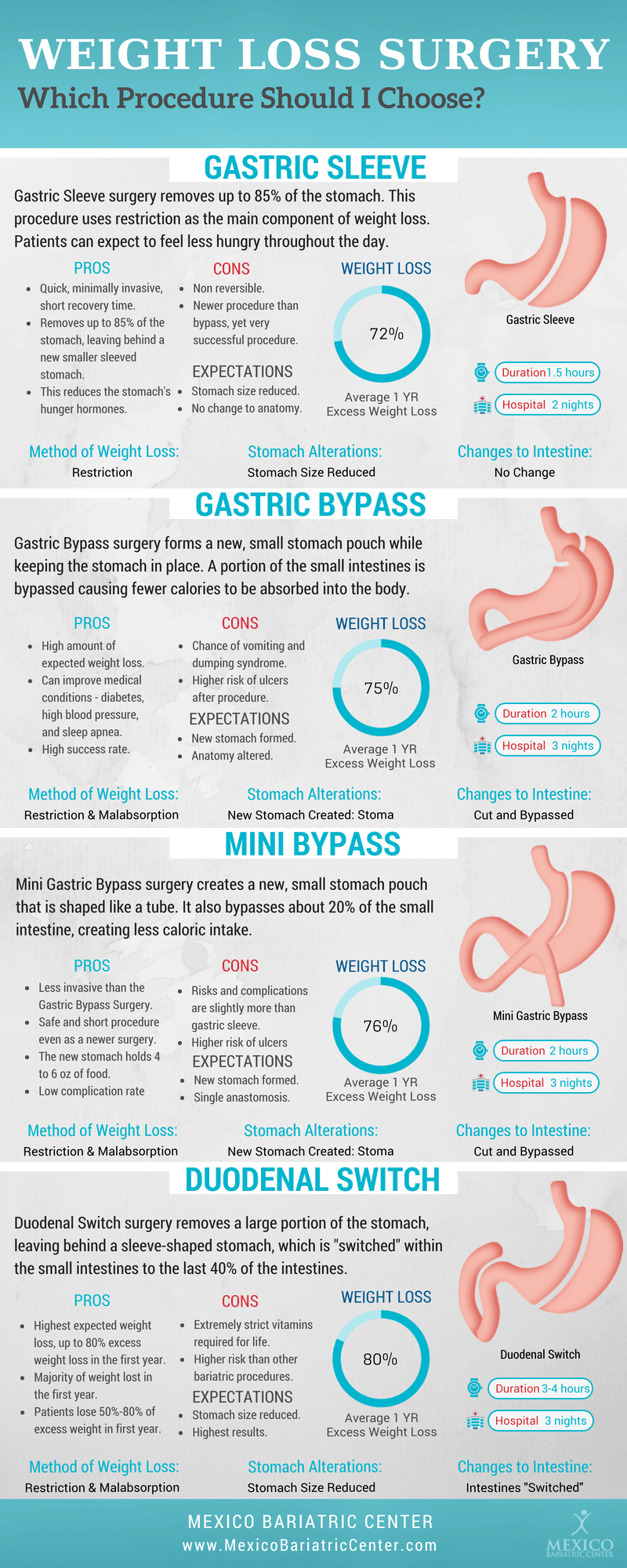Cold Laser Therapy For Smoking Cessation Explained
Cold Laser Therapy For Smoking Cessation Explained
Blog Article
Scientific Research Study on the Effectiveness of Cold Laser Technique
Cold laser treatment is a useful device to aid suffering management and the recovery procedure. It is typically made use of in sports medication, dermatology and acupuncture.
Cold lasers permeate deep into cells and advertise chemical modifications without heating them. They minimize inflammation and swelling, speed cellular activity and speed up recovery.
Theoretical History
Unlike the high-intensity lasers that surgeons use to cut through cells, chilly laser treatment utilizes light-emitting diodes to pass through into your skin and advertise healing. As these photons get to broken cells, they initiate a domino effect that enhances your cells' production of enzymes and accelerates your body's all-natural recovery procedures.
The photons also decrease pain through the manufacturing of endorphins and enhance your body's capacity to drain inflamed areas by inducing vasodilation (the expansion of capillary). Therefore, it aids you recuperate from musculoskeletal injuries and discomfort more quickly.
Lots of people have become aware of cold laser treatment from their physical therapist, chiropractic doctor or doctor and might be asking yourself exactly how it works. Unlike a lot of laser tools utilized in the medical area, which in fact heat up tissue, our modern devices emits cool laser light beams that don't cause any heating of your cells. This enables your body to receive the healing advantages without setting off any negative effects.
Scientific Trials
Cold laser treatment is typically suggested as a treatment alternative for clients that have musculoskeletal discomfort and injuries. It can be utilized to minimize inflammation, enhance tissues and increase the body's natural recovery processes.
Non-thermal photons of red and infrared laser radiation are soaked up by the light delicate aspects in cells and launch a boost in intracellular metabolism that raises cell recreation, reduces swelling, eliminates edema and reduces healing time.
Unlike the light that is generated by sunlight or common lights, laser light is parallel (all wavelengths traveling in the same direction), meaningful and monochromatic. These buildings enable laser power to permeate much deeper into the tissues.
Numerous professional tests have revealed that LLLT can be effective in minimizing discomfort in the musculoskeletal system. However, more well-designed researches are needed to review the optimum settings for laser irradiation and to identify its performance in particular problems, such as oral mucositis in cancer people getting chemotherapy or radiotherapy, and injury recovery (including diabetic ulcers complying with hammertoe surgical procedure). This Aetna plan publication does not deal with various other uses LLLT, including the treatment of different skin diseases.
Final thoughts
Unlike medical lasers that can damage tumors or coagulate tissue, chilly laser stop smoking laser therapy near me treatment does not warm the body's cells. Rather, the light stimulates your cells to create adenosine triphosphate, which accelerates the fixing procedure of injured tissues.
Aetna considers low-level laser (LLL) therapy clinically essential for the prevention of oral mucositis connected with cancer cells therapy (radiation treatment, radiation therapy, hematopoietic stem cell transplant) and non-cancer therapies (such as radiodermal injury, fibromyalgia). Numerous studies revealed that LLT can be efficient in lowering PU symptoms without negative results. However, differences in research study layouts and laser dosimetry made contrast of the results difficult; RCTs with low danger of prejudice are required. The use of a 660 nm wavelength and higher power thickness seems more effective than the other researched laser wavelengths. This could be due to the fact that the various other wavelengths might boost inflammatory processes and cause even more side effects. The result of the sort of laser made use of is also important; the authors suggest that future research concentrate on evaluating different sorts of lasers and their doses to determine the optimal combination of laser parameters for PU prevention.
Suggestions
Cold laser treatment is utilized by dental practitioners to deal with swollen periodontal cells, doctors to reduce discomfort brought on by rheumatoid joint inflammation, and physiotherapists to speed up the recovery of muscle mass, tendon, and ligament injuries. Many medical insurance coverage strategies cover this treatment.
Unlike warm lasers, which have a thermal result on cells, chilly lasers (likewise called low-level lasers) promote the cellular power of the skin. Photons from the laser light penetrate into the cell, setting off a collection of chemical adjustments that advertises regeneration and decreases inflammation.
In order to work, lasers need to be effectively setup and used. This is why it is not advisable to acquire an inexpensive non-prescription laser device and try to treat on your own in the house. A skilled professional is required to make sure that the device is utilized appropriately to reduce the threat of eye injury and maximize its efficiency. The laser device have to be adapted to the proper setup, strength, frequency, and setting of the laser on the therapy area.